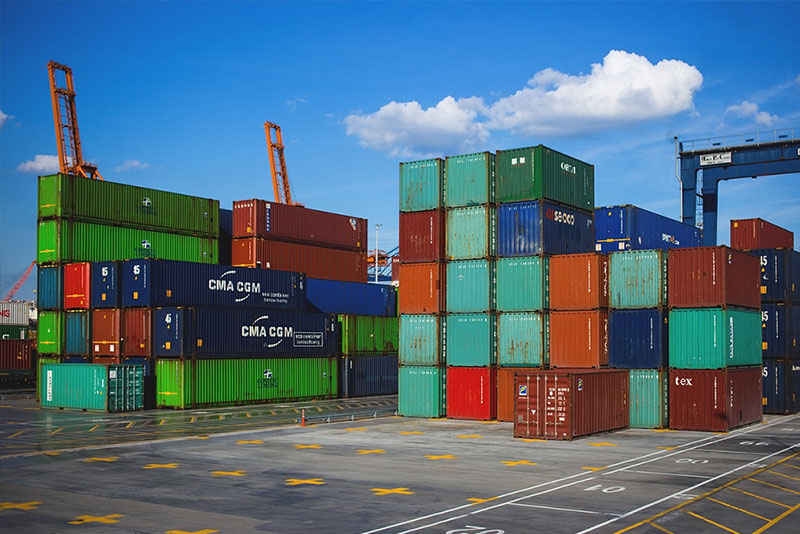US overseas warehousing has emerged as a pivotal factor influencing product pricing strategies for businesses across various industries. Understanding the implications of utilizing overseas warehousing facilities in the United States is crucial for companies aiming to optimize their supply chain management and pricing models.
One significant way in which US overseas warehousing impacts product pricing strategies is through cost savings in logistics and inventory management. By strategically placing warehouses in key overseas locations, businesses can reduce transportation costs and minimize tariffs and duties. This cost efficiency allows companies to offer competitive pricing to consumers without compromising profit margins.

Moreover, US overseas warehousing facilitates faster delivery times to international markets. This speed-to-market advantage not only enhances customer satisfaction but also enables businesses to justify premium pricing for expedited shipping options. This strategic positioning can effectively capture market share by appealing to consumers seeking convenience and timely delivery.
Another critical aspect influenced by US overseas warehousing is inventory management and demand forecasting. By maintaining stock closer to target markets, businesses can respond swiftly to fluctuating demand patterns. This agility in inventory management ensures that products remain available and accessible, reducing stockouts and the associated revenue loss. Additionally, it enables businesses to adopt dynamic pricing strategies that capitalize on market demand fluctuations.

Furthermore, US overseas warehousing supports effective risk management strategies for businesses operating in volatile global markets. By diversifying warehousing locations, companies can mitigate risks associated with geopolitical instability, natural disasters, or sudden regulatory changes. This resilience in supply chain management safeguards against disruptions and maintains continuity in product availability and pricing stability.

Lastly, US overseas warehousing fosters opportunities for businesses to expand their global footprint strategically. By establishing a physical presence in international markets, companies can strengthen brand visibility and credibility among local consumers. This localization enhances customer trust and loyalty, allowing businesses to implement localized pricing strategies that resonate with regional economic conditions and consumer preferences.